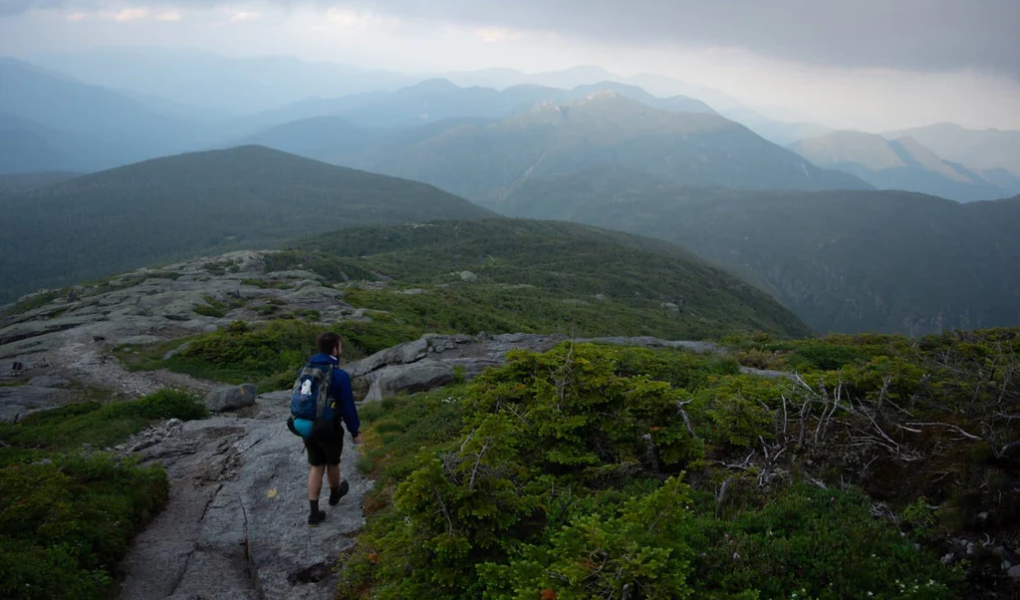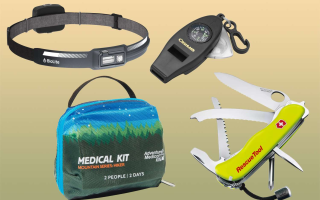Hiking is not a race; it is the art of rhythm
Have you ever felt breathless, thigh-aching, and utterly exhausted after walking only a short distance? The issue may not lie in your fitness level, but rather in your rhythm and breathing. Master the correct techniques, and you can cover greater distances with less effort, using the same amount of energy.
I. The Golden Rhythm: Finding Your “Cruising Pace”
The ideal hiking state is finding a speed you can sustain for hours without excessive fatigue – your “cruising pace”.
Benchmark: The “Conversation Test”. At your cruising pace, you should be able to hold a full conversation with companions without gasping for breath. If you’re panting so hard you can’t form complete sentences, you’re going too fast.
Core Principle: Slow and steady. Especially at the outset, consciously resist the urge to rush. Deliberately reduce your pace to allow your body to warm up and adapt gradually.
II. Uphill Technique: Short Stride Frequency, Steady Breathing
Ascent is the most physically demanding section, where rhythm is most easily disrupted.
The Devil’s Step: Employ a short, steady stride frequency rather than long strides. Imagine yourself as a perpetual motion machine: smaller strides reduce impact on thigh muscles per step, conserving energy.
Lean Forward: Tilt your body forward from the ankles, using your centre of gravity to propel you upwards rather than solely relying on leg strength to ‘push’.
Utilise Trekking Poles: Poles convert upper-body strength into forward momentum, reducing leg strain by approximately 30%.
The “rest step” technique: Between each step, there is an extremely brief moment when the supporting leg is fully extended, allowing the skeleton to bear the weight and the muscles to relax momentarily. Small gains accumulate into significant effects.
III. Breathing Principles: Synchronise with Technique and Terrain
Breathing is the body’s metronome; synchronise it with your stride.
Flat and gentle slopes: Adopt a ‘three steps in, three steps out’ rhythm, inhaling through the nose and exhaling through the mouth.
Steep inclines and high intensity: Your rhythm will naturally quicken to ‘two steps in, two steps out’. Crucially, maintain deep, rhythmic breaths, avoiding shallow, rapid panting. Should your breathing become completely erratic, pause briefly, take several deep breaths to regain control, then continue.
IV. Downhill Techniques: Controlling Speed to Protect Knees
Downhill walking strains knees, but proper technique prevents injury.
Lower your centre of gravity and lean your body slightly back.
Employ a zigzag pattern to reduce slope angle and joint impact.
Maintain short strides; never run or jump.
Fully utilise walking poles to provide forward support and cushioning.
V. The Art of Rest: Proactive Breaks for Maximum Efficiency
Do not wait until exhaustion sets in to rest.
Short and frequent: Adopt a ‘walk 50 minutes, rest 10 minutes’ strategy, which proves more effective than walking for two hours followed by a half-hour break.
During rest: Replenish fluids and consume light energy snacks. Remain standing or walk slowly; avoid allowing your body to cool down completely.
Avoid sitting: Unless taking an extended break, refrain from sitting immediately, as this can cause muscle stiffness and increase cardiac strain.
The rhythm of hiking ultimately lies in listening to your body. When your stride, breathing, and terrain harmonise perfectly, hiking transcends mere physical exertion to become a meditative practice of mind-body harmony.



